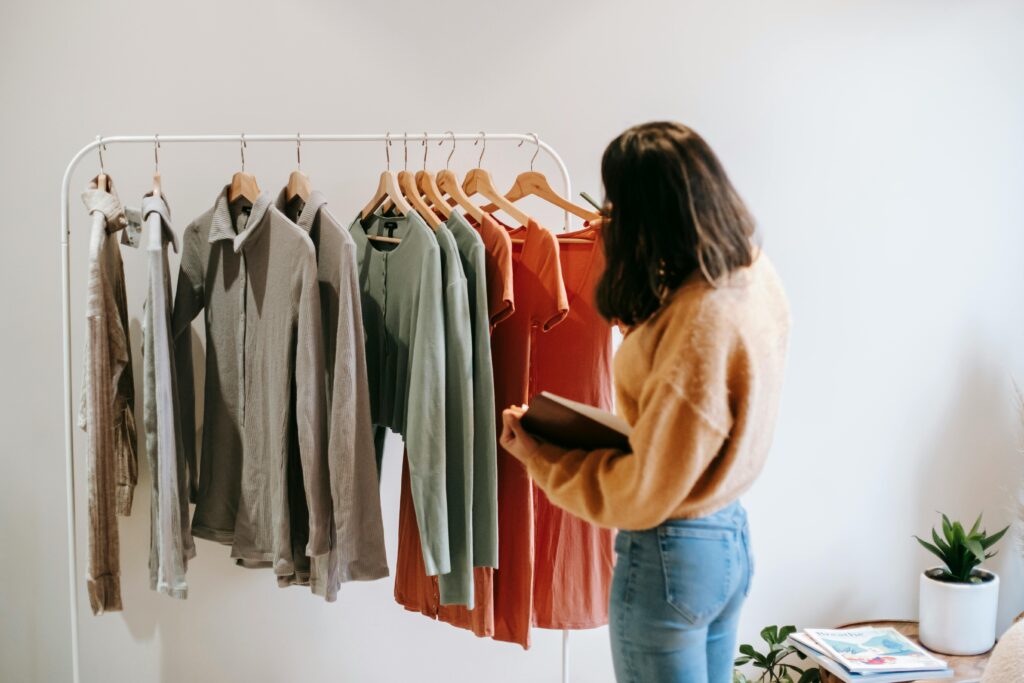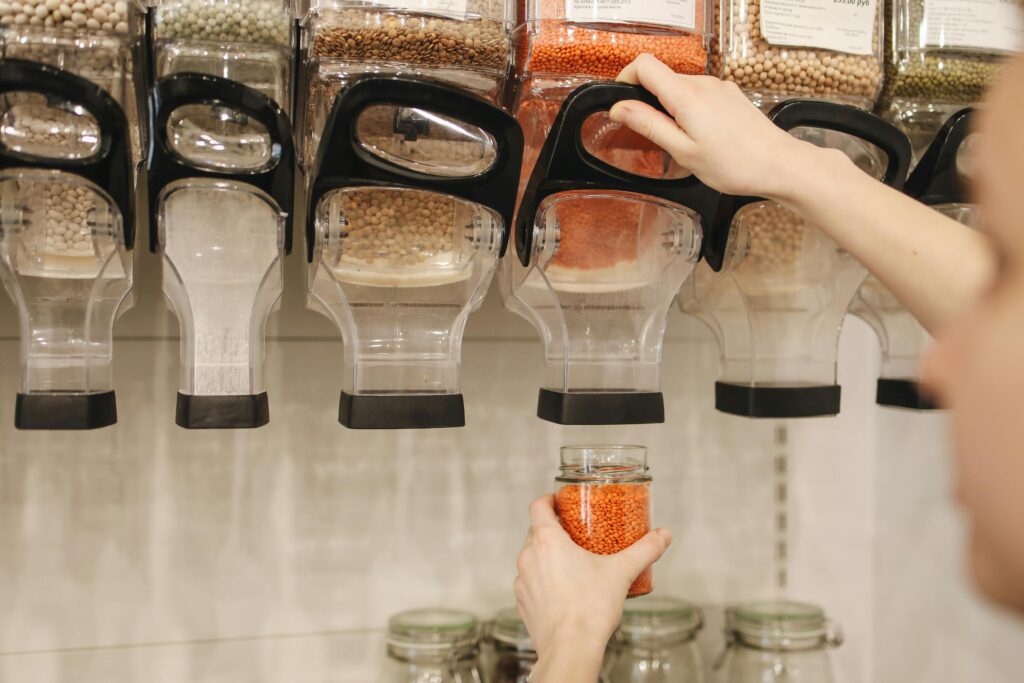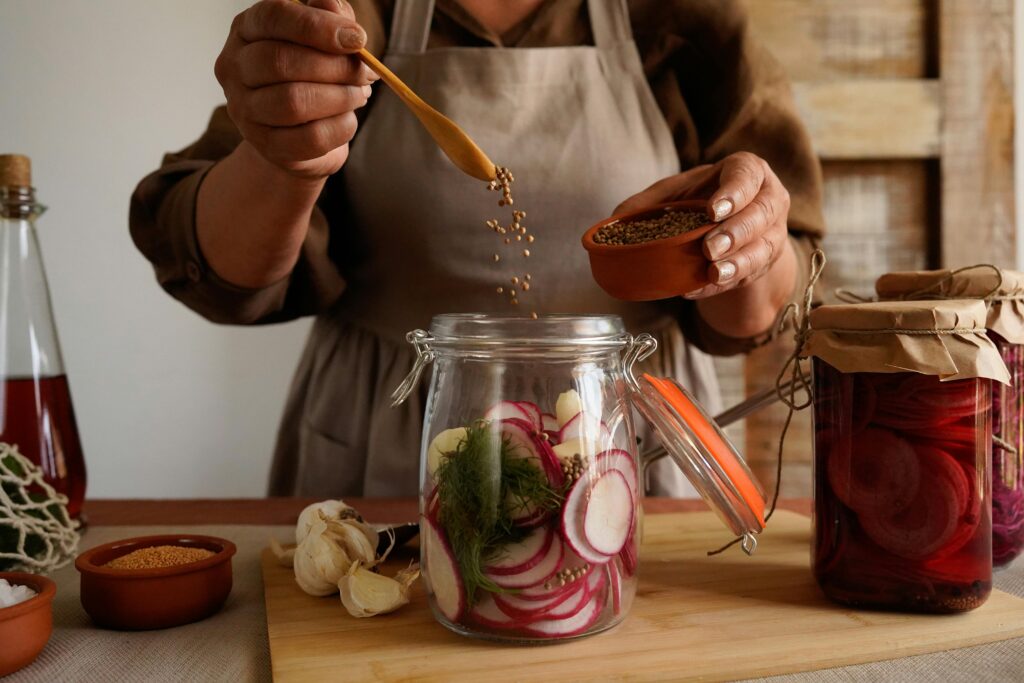We’ve all been there — staring at a closet full of clothes and thinking, “I have nothing to wear.” Fast fashion makes it easy to accumulate trendy pieces that fall apart after a few washes. The result? Overflowing wardrobes, wasted money, and tons of textile waste heading straight to landfills.
But what if your wardrobe could be simple, sustainable, and stylish all at once? That’s where the zero waste capsule wardrobe comes in. It’s a mindful way to dress — fewer clothes, better quality, and a deeper connection with what you wear.
In this guide, we’ll break down how to build a capsule wardrobe that’s both eco-friendly and effortlessly chic. From understanding the fashion waste problem to picking timeless pieces and choosing ethical brands, we’ll help you create a closet that reflects your values — not just your style.
The Fashion Waste Problem
The fashion industry is one of the most polluting industries in the world — responsible for around 10% of global carbon emissions and an enormous amount of water pollution. Every year, billions of pounds of clothing are dumped, burned, or left unsold.
- The average person buys 60% more clothing than they did 15 years ago — but keeps each item for only half as long.
- It takes around 700 gallons of water to make one cotton shirt.
- Synthetic fabrics like polyester shed microplastics every time they’re washed.
Fast fashion thrives on constant consumption — new trends every week, cheap prices, and poor-quality fabrics that don’t last. It’s bad for the planet, and it’s bad for your wallet too.
The zero waste fashion movement flips that narrative. Instead of endlessly buying, you focus on curating a small collection of high-quality, versatile pieces that mix and match effortlessly. That’s the foundation of a capsule wardrobe.
What Is a Capsule Wardrobe?
A capsule wardrobe is a compact collection of timeless, versatile items you genuinely love to wear. Think quality over quantity. The idea is to own fewer pieces that all work well together — so getting dressed becomes easy, and every outfit feels intentional.
The concept started in the 1970s with boutique owner Susie Faux, but it’s recently made a comeback thanks to minimalism and sustainability trends. A capsule wardrobe usually includes around 25–40 core pieces that rotate seasonally — tops, bottoms, shoes, and a few accessories.
Benefits of a Capsule Wardrobe
- Less decision fatigue: Fewer clothes mean faster, easier outfit choices.
- More savings: Investing in quality means buying less often.
- Lower environmental impact: Fewer purchases = less waste and pollution.
- Defined personal style: You’ll know what you actually like to wear.
So how do you build a capsule wardrobe that’s not just minimalist, but truly sustainable? Let’s take it step by step.
Step 1: Assess What You Already Have
Before you buy anything new, shop your own closet first. Pull everything out and take a good, honest look.
- What do you actually wear most often?
- What’s collecting dust?
- Which fabrics feel good on your skin?
- Which colors and styles make you feel confident?
Set aside items that are worn out, don’t fit, or just don’t feel like “you.” But don’t toss them yet! You can donate, upcycle, or sell them later — we’ll get to that part soon.
Tip: Try the hanger trick — turn all your hangers backward, and after wearing something, hang it normally. After 30 days, you’ll see what you actually wear.
Step 2: Define Your Style and Needs
Zero waste doesn’t mean boring. The best capsule wardrobes reflect your lifestyle, not someone else’s Pinterest board.
- Do you work in an office or from home?
- Are you more casual or dressy?
- Do you live somewhere with four seasons or one climate year-round?
Once you’ve answered those, pick a simple color palette — usually 3 to 5 core colors (neutrals like black, white, beige, navy) plus 1–2 accent colors that express your personality. This ensures everything mixes and matches beautifully.
For example, a capsule wardrobe for a city professional might include:
- 2–3 pairs of pants
- 3–4 tops or blouses
- 2 outer layers (a blazer and a cardigan)
- 1 pair of jeans, 1 dress, and 2 pairs of shoes
You don’t have to follow strict numbers — the goal is harmony and functionality.
Step 3: Choose Quality, Sustainable Pieces
Now comes the fun part: building your capsule with intention. The mantra here is simple — buy less, choose well, make it last.
What to Look For:
- Natural fabrics like organic cotton, linen, hemp, and wool. They’re biodegradable and long-lasting.
- Durability: Check stitching, seams, and buttons before you buy.
- Timeless designs: Classic cuts outlast fast fashion trends.
- Fit and comfort: You’ll wear it more often if it feels good.
When you invest in high-quality, ethically made clothing, you’re supporting the kind of fashion industry that respects people and the planet. And yes — sustainable fashion can still look amazing.
Pro tip: Build your capsule gradually. Replace worn-out items only when necessary. That way, your wardrobe evolves naturally and sustainably.
Step 4: Support Sustainable and Ethical Brands
Shopping sustainably is about transparency and longevity — knowing where your clothes come from and how they’re made. Many brands now prioritize eco-friendly fabrics, fair wages, and plastic-free packaging.
Some Great Sustainable Brands to Explore:
- Patagonia – pioneers of ethical outdoor clothing.
- Everlane – transparent pricing and timeless basics.
- Reformation – feminine designs with low-impact materials.
- Tentree – plants 10 trees for every purchase.
- People Tree – fair trade certified and eco-conscious.
If you’re on a budget, consider thrifting or clothing swaps. Secondhand is the ultimate zero waste fashion choice — no new resources used, and you might find unique pieces no one else has.
There are tons of great online thrift platforms like ThredUp, Depop, or Poshmark that make sustainable shopping accessible from anywhere.
Step 5: Care for Your Clothes the Right Way
Maintaining your clothes properly is part of zero waste living. The longer your clothes last, the less you need to buy — and the less ends up in landfills.
- Wash less often: Overwashing fades colors and weakens fabric fibers. Spot clean when you can.
- Use cold water: It saves energy and is gentler on fabrics.
- Skip the dryer: Air drying preserves quality and reduces microplastic shedding.
- Repair before replacing: A small tear or loose button isn’t the end — learn simple mending skills.
Eco-friendly clothing tip: Use natural detergents or refillable laundry soaps. Many are free from harsh chemicals and come in zero waste packaging.
Step 6: Let Go of What You Don’t Need — Responsibly
Decluttering is part of creating space — not just physically, but mentally. But let’s do it sustainably.
- Donate: Give gently used clothes to shelters or community drives.
- Sell: Use online platforms or local thrift shops to sell what’s in good condition.
- Upcycle: Old tees can become cleaning rags, and worn denim can be turned into tote bags.
- Recycle textiles: Some brands (like Levi’s and H&M Conscious) offer textile recycling bins.
The goal is to keep your clothes in circulation — not in the trash.
Step 7: Keep It Simple, Keep It You
Your capsule wardrobe doesn’t have to look like anyone else’s. Maybe yours includes a bold color or a vintage jacket you adore. The idea is to love everything you own and wear it confidently — that’s real style.
Fashion trends fade fast, but sustainability and self-expression never go out of style.
Closing Thoughts
Building a zero waste capsule wardrobe is a journey — one that helps you reconnect with your clothes, your values, and your planet. You’ll spend less time shopping, save more money, and feel good knowing every outfit aligns with your eco-conscious mindset.
Remember: you don’t have to overhaul your entire closet overnight. Start small. Choose quality. Embrace timelessness. The ripple effect of those decisions adds up — for you, and for the planet.
Live light. Live right. — The EcoHabitKit Team 🌿



